The Freight Offloads A Musical Fusion on “Tales of Maybe”
An electrifying debut album from Boston’s up-and-coming rockers
Boston, a city rooted in rock and roll lore, has served as home base for giants like Aerosmith, The Cars, The J. Geils Band, and of course the aptly named Boston. The Freight is one of the more noteworthy groups on the city’s growing up-and-coming artists roster.
The foursome formed in 2020 has an ever increasing New England following and for two consecutive years was nominated for "Rock Act of the Year" by the New England Music Awards. The group has released nine singles and has now issued a debut album, Tales of Maybe.
The album opener, “Opportunity,” is a callback to 1970s-rooted classic rock, seasoned with Hammond organ runs and harmonies. Guitarist/vocalist Adam Tiro establishes a main riff that packs an emotive bite and delivers a powerful vocal performance reminiscent of Paul Rodgers. “Good Kind of Crazy” tones down the heaviness to make way for a more laid-back jazz-meets-R&B approach, with Eric MacKenzie’s background vocals adding soulful authenticity. A deeply rooted love for the blues comes into play with the harmonica during the opening of “Home,” yet the verses have a loose reggae vibe. Lucid bass lines, a glistening Fender Rhodes, and flanged guitars create a dreamy haze on “Come So Far.” Bassist Stephen Anderson’s gritty tone on “Somebody” gives the track its aggressive edge. A punchy, chant-based chorus adds interest.
A train station announcement introduces“Long Road Home,” in which Marc Loverin’s percussive groove lends the track a rolling quality that allows the chorus to come to life aided by dynamic tom fills, big chords, and background vocals. There’s an undeniable uplifting quality to the rhythmic “This Time,” in which Tiro’s guitar solo emulates the aesthetic of the Allman Brothers Band. Keyboardist Greg Tragellis’ natural piano drives the album’s title track. Harmonies within the chorus and Hendrix-esque guitar licks sprinkled throughout are welcome flourishes. “Gonna Choose Love” doesn’t launch with the bombast of a stereotypical album closer. It begins with unaccompanied vocals and guitar, features bass and piano accents, builds to a subtle percussion rhythm, and explodes with Mackenzie’s background vocals. Its pacing is reminiscent of the Rolling Stones’ “You Can’t Always Get What You Want,” but the closing vamp sensationally soars as the track fades out.
The Freight's choice to mix musical genres rather than relying on a particular one helps make them one of today's more exciting and innovative groups. Adam Tiro’s inspired guitar solos avoid noodling and are imbued with strong character that fit neatly within the constructs of the songs.
Tracks exploring the ‘jam band’ realm, particularly “This Time” and “Gonna Choose Love,” are sufficiently energized and concise (within the format) to avoid lengthy meandering. Minute production details, like the auxiliary percussion supplied by John Marinilli, add subtle intricacies to the arrangements. Instrumental hooks, memorable melodies, and concise arrangements showcase The Freight’s strong compositional strengths and help deliver a debut that's pure ear candy.
Self-funded vinyl pressings for independent artists can vary in quality depending on the resources invested. A worst-case scenario involves cheaping out with subpar pressing plants and faulty files unsuitable for vinyl mastering. The members of The Freight are true vinyl enthusiasts, and the vinyl pressing of Tales of Maybe will check off many boxes that analog enthusiasts will appreciate.
.jpg)
Though recorded digitally, the group's intent was to make it as analog sounding as possible. The signal went through a Trident Series 65 console connected to a ProTools digital interface. Once Patrick DiCenso finalized the 24-bit/48-kHz digital masters, Sterling Sound’s Ryan K. Smith transferred the files to tape, then used it to cut the lacquers. Fidelity Record Pressing, lived up to its stellar reputation and did a superb job pressing the album on standard-weight vinyl. It glistens without any visual flaws and offers dead-quiet playback.

Considering the careful audio measures taken to bring Tales of Maybe to life, this album thrives on vinyl. Each track manages to exist within the sonic plane commensurate with its style. It’s a dynamic listening experience and though digitally recorded Tales of Maybe successfully captures the analog aesthetic, in both musical style and presentation, coupled with a hint of modernity.




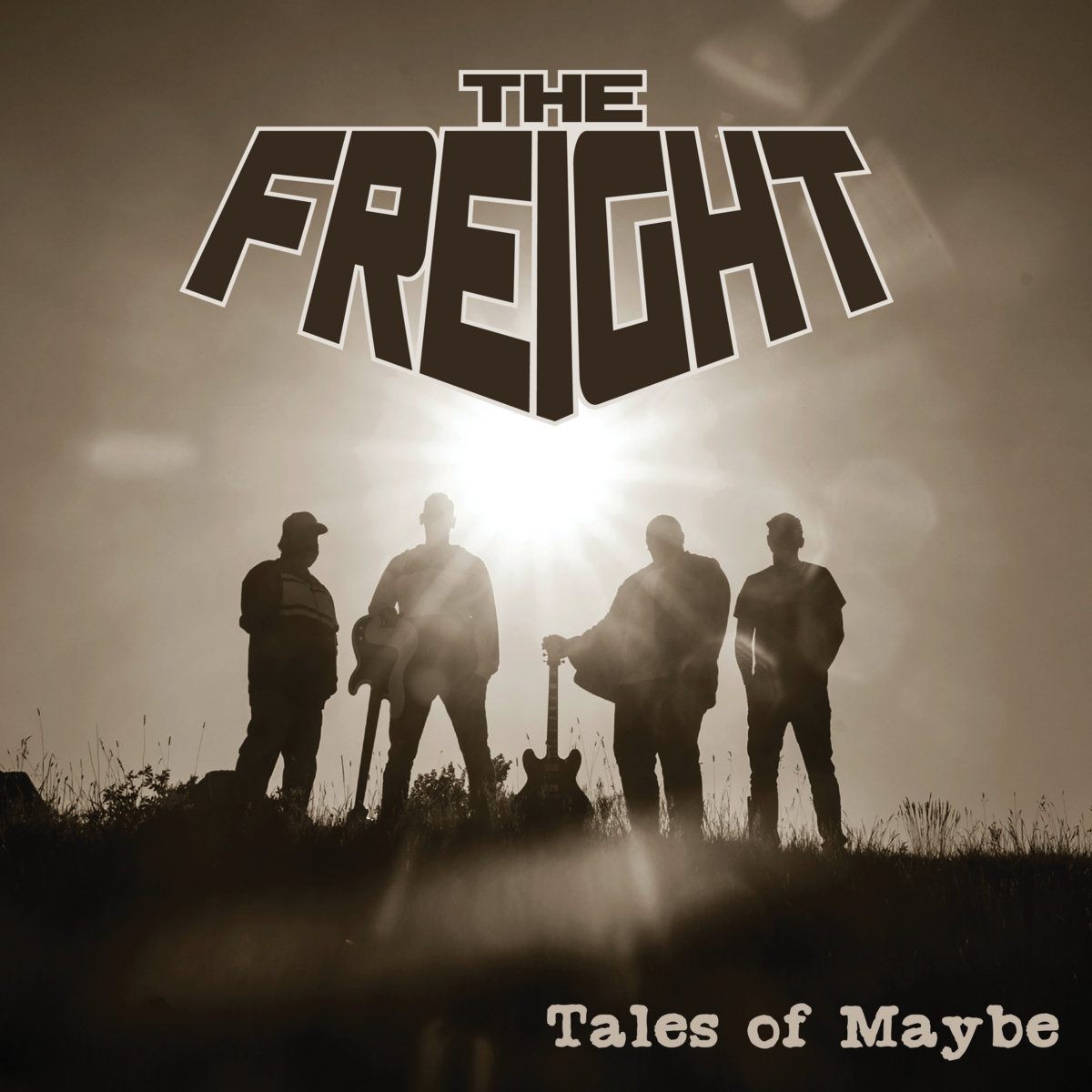




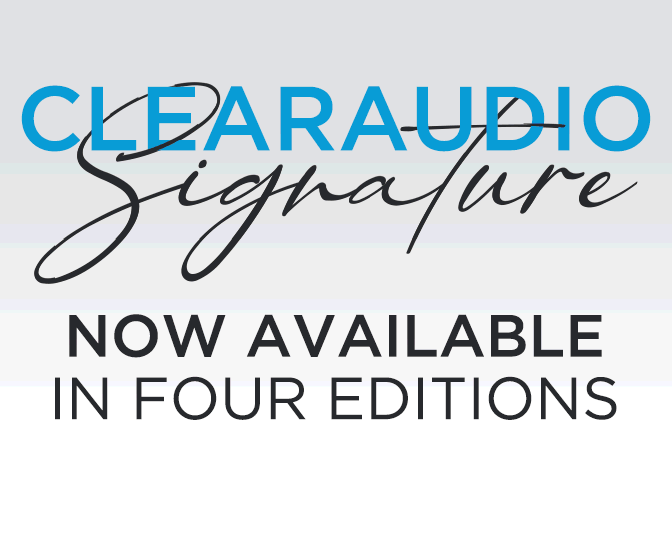
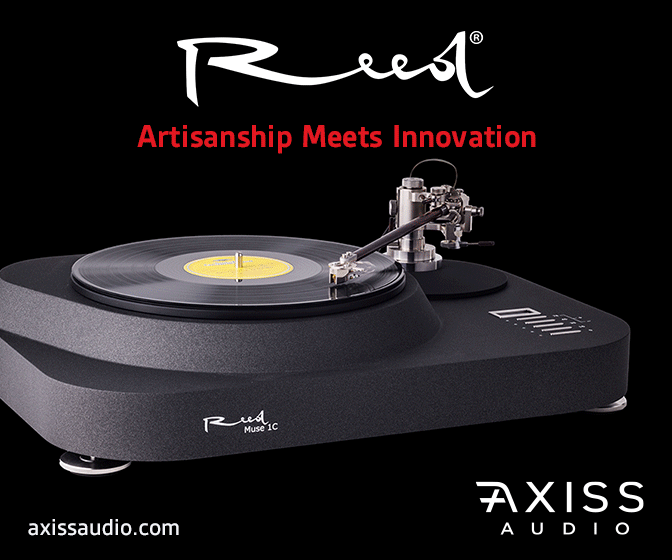
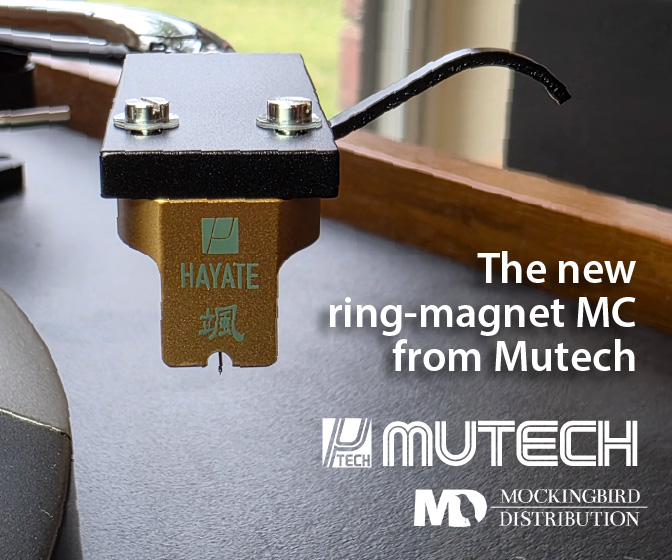
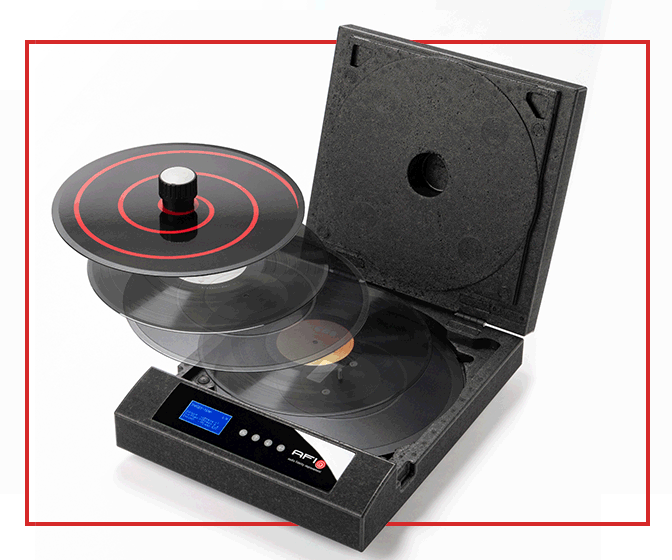


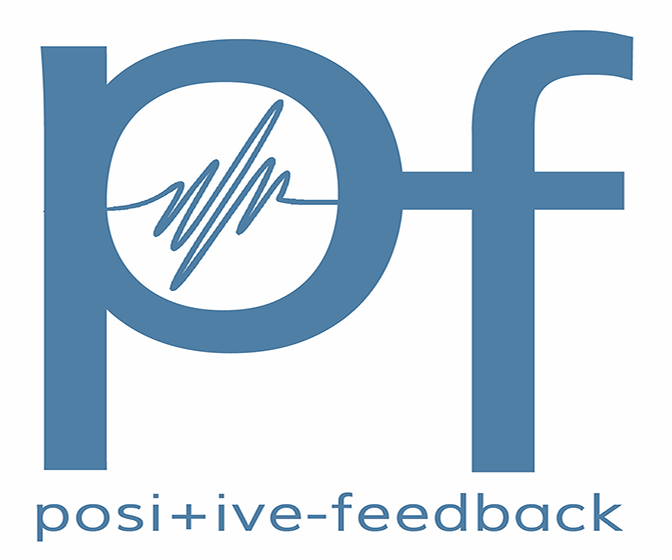




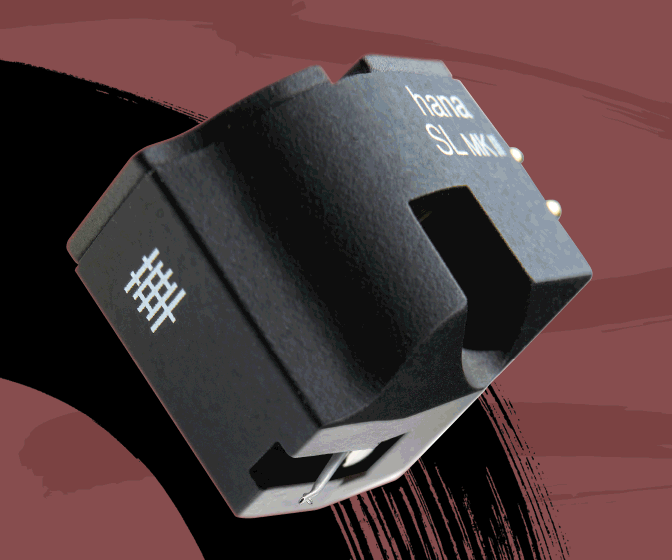

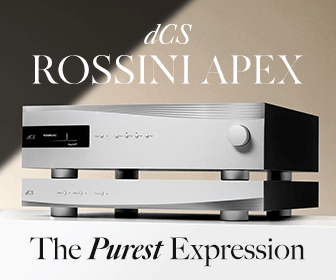
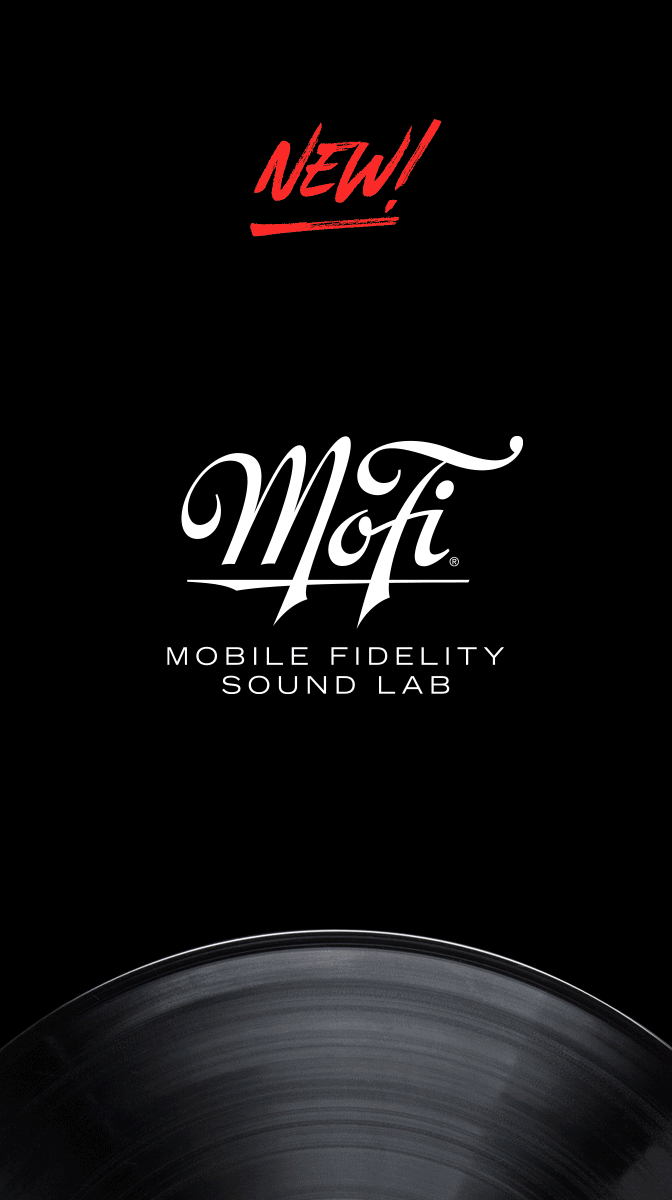

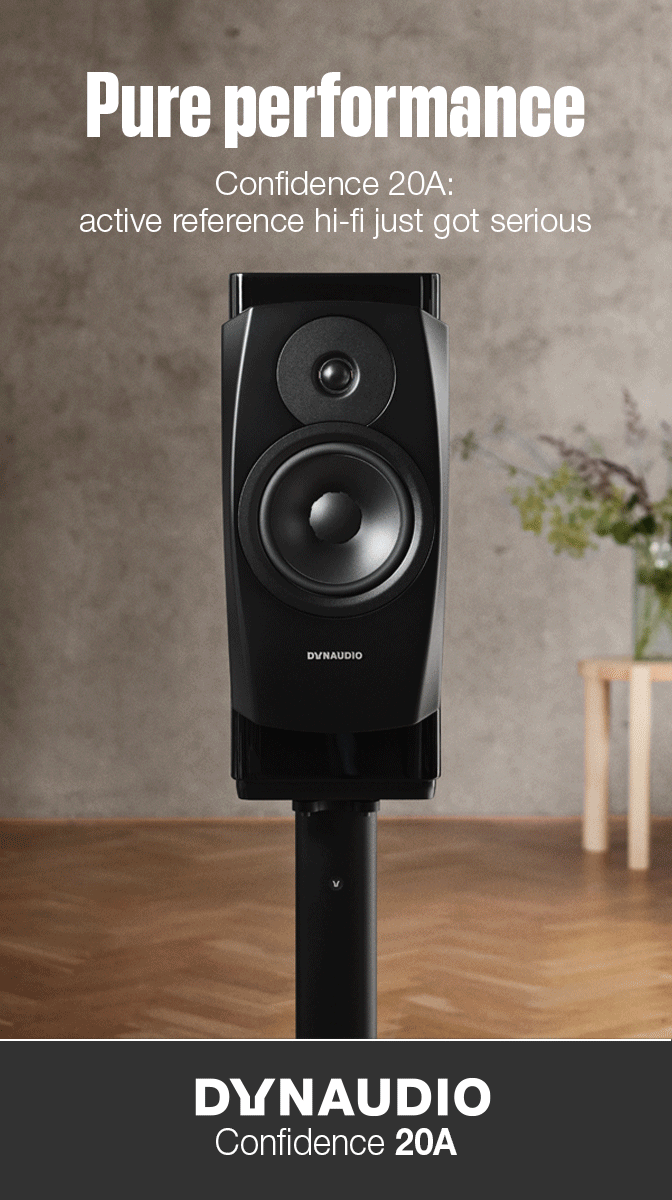

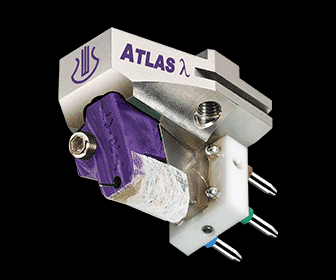

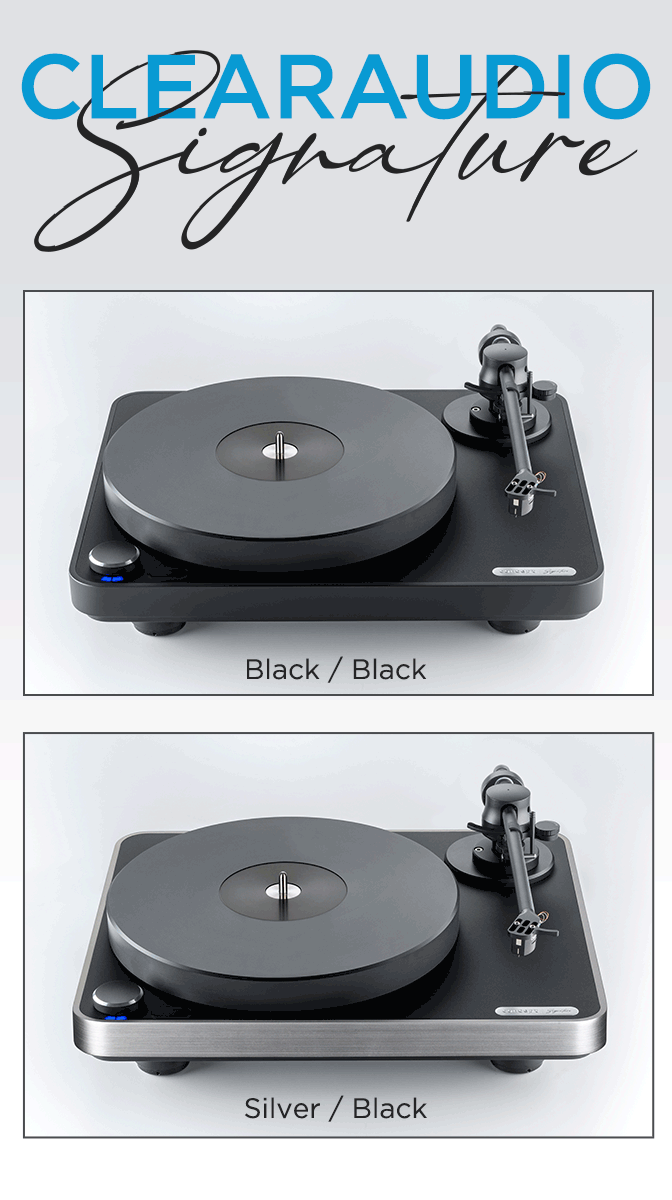
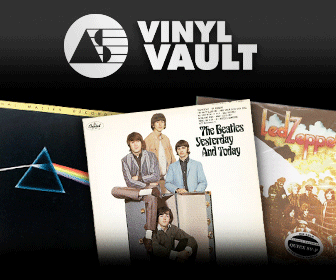

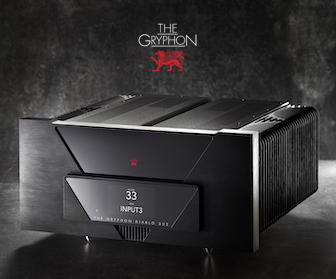
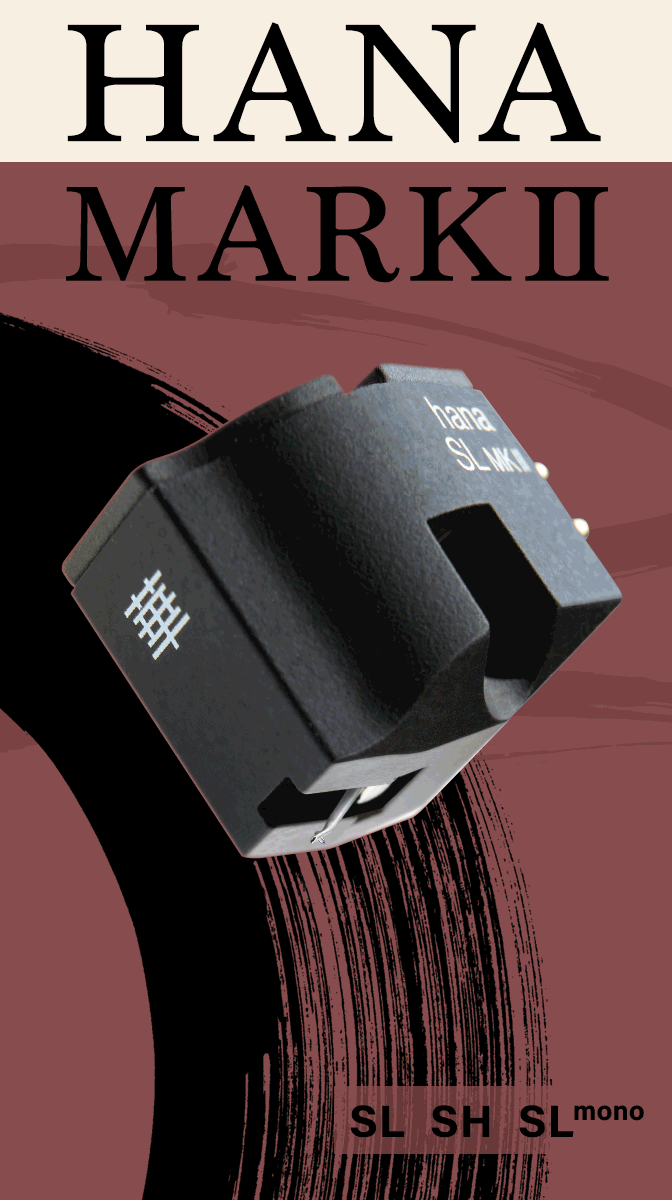


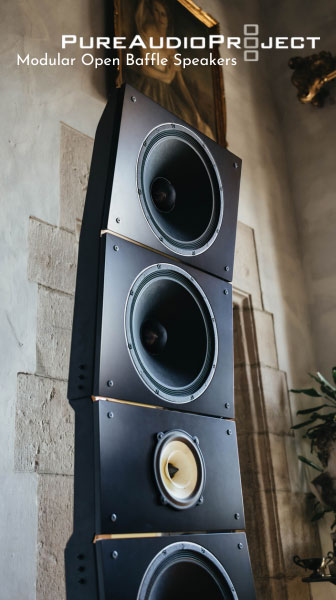






.png)








